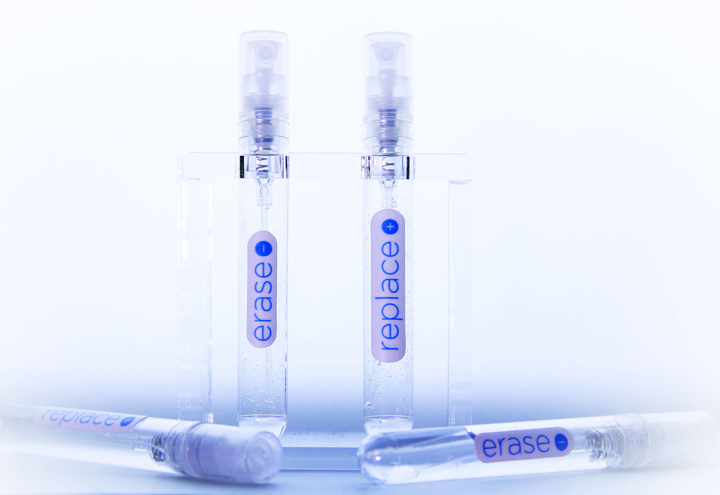TORONTO – A New York artist says she has created a spray that can remove all traces of DNA left behind on objects.

The product dubbed ‘Invisible’ will be introduced as a set of sprays: ‘Erase’ deletes 99.5 per cent of DNA from fingernail, saliva or hair samples, while ‘Replace’ obscures the remaining .5 per cent.
“You wouldn’t leave your medical records on the subway for just anyone to read,” writes Heather Dewey-Hagborg, artist and founder of BioGenFutures. “ It should be a choice. You should be in control of how you share your information and with whom: be it your email, your phone calls, your SMS messages, and certainly your genes.”
The company says its product aims to “protect our privacy and prevent unauthorized testing of someone’s DNA without their knowledge.”
VIDEO: Invisible – The future of genetic privacy
Last year, a TED Talk documentary featured the work of Dewey-Hagborg and looked at “DNA sequencing becoming faster and cheaper.”
While the science behind the spray has yet to be revealed, the product is set to be released to the public in June and will cost $99.
In 2012, Dewey-Hagborg made international headlines with ‘Stranger Visions.’ The work saw Dewey-Hagborg create portrait sculptures from analyses of genetic material collected in public places. The artist collected hair, cigarette butts and chewing gum from the streets of New York and made realistic 3D portraits of the strangers that left them by analyzing the DNA the samples contained.
Her work aimed to prove that traces of DNA left on a wine glass or cigarette can be enough to build a genetic profile of someone.
- Canadian man dies during Texas Ironman event. His widow wants answers as to why
- ‘Sciatica was gone’: hospital performs robot-assisted spinal surgery in Canadian first
- Canadians more likely to eat food past best-before date. What are the risks?
- Treatment from female doctors leads to lower death rates, study finds






Comments